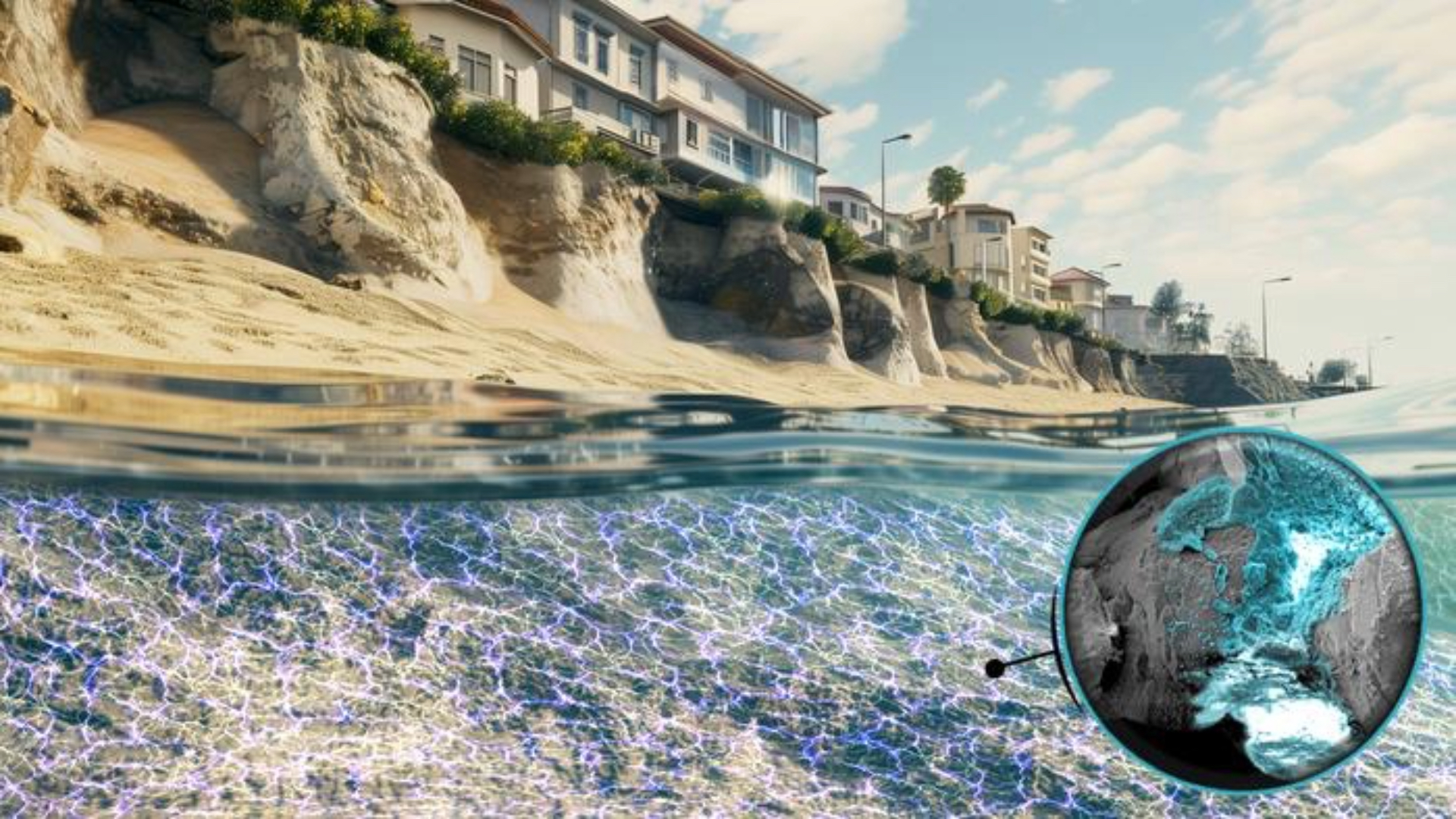Get the latest tech news
MIT develops low-cost, high-energy batteries using disordered rock salt cathodes | The new material family primarily comprises manganese, an earth-abundant element less expensive than nickel and cobalt.
MIT's new study on disordered rock salt-polyanionic spinel cathodes reveals a major breakthrough in battery technology.
Led by Ju Li, the Tokyo Electric Power Company Professor in Nuclear Engineering and professor of materials science and engineering, a team of researchers describes a new class of partially disordered rock salt cathode integrated with polyanions—dubbed disordered rock salt-polyanionic spinel, or DRXPS—that delivers high energy density at high voltages with significantly improved cycling stability. Batteries are a particularly important part of that picture, not only because they have the potential to decarbonize transportation with electric cars, buses, and trucks but also because they will be essential to addressing the intermittency issues of wind and solar power by storing excess energy and feeding it back into the grid at night or on calm days when renewable generation drops. “The main innovation here, and the theory behind the design, is that Yimeng added just the right amount of phosphorus, formed so-called polyanions with its neighboring oxygen atoms, into a cation-deficient rock salt structure that can pin them down,” Li explained.
Or read this on r/tech

